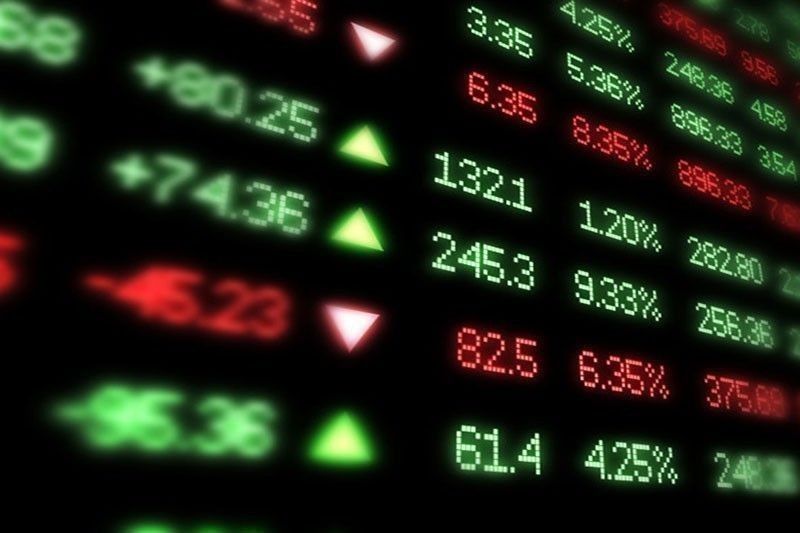Forex reserves vault to all-time high $91 billion

MANILA, Philippines — The country’s foreign exchange buffer increased to an all-time high of $90.9 billion in April from $88.8 billion in March due to strong inflows as the national government borrowed more to fund measures aimed at softening the blow of the coronavirus pandemic.
The Bangko Sentral ng Pilipinas (BSP) said the country’s gross international reserves (GIR) level is enough to cover eight months’ worth of imports of goods and services and payments of primary income.
It added the buffer is also equivalent to 5.5 times the country’s short-term external debt based on original maturity and four times based on residual maturity.
BSP Governor Benjamin Diokno said earlier the country’s GIR is likely to hit $95 billion this year.
The GIR is the sum of all foreign exchange flowing into the country. It serves as buffer to ensure that the Philippines would not run out of foreign exchange that it could use to pay for imported goods and services, or maturing obligations in case of external shocks.
Likewise, the central bank also reported that the country booked a balance of payment (BOP) surplus of $1.67 billion in April or 3.6 times the $467 million surplus recorded in the same month last year.
“The BOP surplus in April 2020 reflected mainly the inflows arising from the national government’s deposit with the BSP of its foreign loan proceeds, as well as the BSP’s foreign exchange operations and income from its investments abroad,” it said.
According to the BSP, the inflows were partially offset by the foreign currency withdrawals made by the national government to pay its foreign currency debt obligations.
For the first four months of the year, the country’s BOP surplus plunged 62.5 percent to $1.6 billion from $4.26 billion in the same period last year.
“This development may be attributed partly to the reversal of foreign portfolio investments to net outflows in January to April from net inflows and lower net inflows of foreign direct investments in January to February compared to the previous year’s level,” BSP said.
Data showed the country booked a net foreign portfolio investments outflow of $2.07 billion from January to April this year and reversed last year’s net inflow of $37.27 million as risk-off sentiment in the market amid the COVID-19 pandemic prompted investors to liquidate their portfolios.
The country’s trade deficit narrowed to $8.03 billion in the first four months of the year from $14.14 billion in the same period last year as the health pandemic disrupted global trade.
Exports declined by 16.7 percent to $18.51 billion from $22.23 billion, while imports fell by 27 percent to $23.36 billion form $36.37 billion.
The BOP is the difference in total values between payments into and out of the country over a period. A surplus means more foreign exchange flowed into the country from exports, remittances from overseas Filipinos, business process outsourcing earnings and tourism receipts than what flowed out to pay for the importation of more goods, services and capital.
BSP expects a BOP surplus of $3 billion or 0.7 percent of gross domestic product (GDP) and a GIR of $86 billion enough to cover 6.8 months’ worth of imports this year.
The BSP has been building up the country’s foreign exchange buffer to help the country survive external shocks. It uses the buffer to buy or sell dollars if it deems necessary to prevent sharp depreciation or appreciation of the peso.
The peso yesterday shed 34.5 centavos to close at 50.195 to $1 from Wednesday’s 49.85 to $1. It opened weaker at 49.93 and hit an intraday low of 50.2. Volume reached $974.24 million from $1.12 billion last Wednesday.
Diokno said robust buffers, positive macroeconomic performance, and sound banking sector continue to serve as the first line of defense of the country against the once-in-a-lifetime health and economic crises.
“The country’s strong track record of prudent policymaking has likewise led to robust external payments position, record-high international reserves, improved external debt metrics, healthy public finances, and positive macroeconomic performance,” he said.
- Latest
- Trending




























